Life Lessons
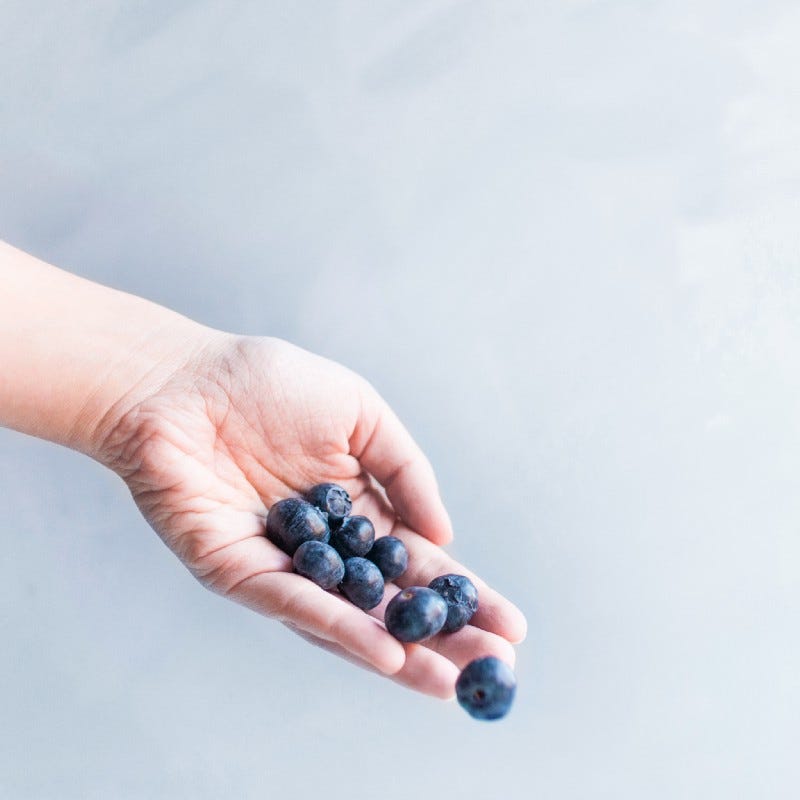
Photo by Vanesa conunaese on Unsplash
Appetizer
After trying many other “diets” throughout the years with an n=1 case study, I recently realized I had apparently been eating vegan for like 3 weeks! What a shocker, right? Well, here’s the thing… I’ve been on a HUGE soup, stew, and rice, bean, and hummus kick for a while now, and it’s just not a strong habit of mine to cook meat. I’ve never enjoyed it all that much to be honest. Growing up, my mom made all kinds of dishes with red meat (that tasted like charcoal), like her ketchup and oat meat loaf and the famous hockey puck hamburgers. She was scared of undercooking meats, so naturally they were always overcooked and pretty non-delicious, to put it gently.
Of course, I had chicken nuggets from McDonald’s and at school. What is a kid going to eat when it’s served twice a week in the congested hen house of a lunch cafeteria from kindergarten through senior year of high school? It’s all we know as kids — to be a product of our environments.
As I got older, I decided to pick up cooking more on my own and choosing my own foods around the house. I stayed away from meat for the most part (I think due to an unconscious fear and aversion from childhood). I enjoyed steaming tilapia and baking those famous fried chicken tenders from Tyson. When it came to natural, wholesome, more flavorful meats, I’ll be quite honest to admit that they weren’t even within the capacity of my vocabulary, let alone my imagination. My first experience exploring this mystery of meat occurred while I was working in a fine dining restaurant at college and the head chef asked me to try a sample from the main course (dominated by a choice of red meat 80% of the time).
Nervously, I did — and I was stunned with the complexity and depth of flavor. But, then again, the layers of butter and salting the meat and the multi-step cooking methods weren’t all that attractive to me as a nutrition student. “Why bother,” I thought? As a fan of colorful fruits and vegetables, the bland browns and charred blacks of red meat only provoked a sounding “meh” in my life and cuisine.
Cooking meat was never appealing, not enough for me to take the practice home and include more meat in my cooking or in my diet. Like I said, I’ve just never been a big meat eater since high school. I guess you could say, that chicken flew the coop.
Moving on to college to explore a career as a registered dietitian in hopes to help people heal disease through food, I started learning more and more about the many dietary practices of people throughout history, cultures, and religions. Like me, I’m sure you’ve witnessed many diet fads from friends, family, and those popularized by celebrities and highlighted in the media.
Salad
Fruitarians — Eating raw plant foods like fruits (mainly), vegetables, and some nuts and seeds.
Vegetarians — Eating only plant foods
Carnivore — Eating only animal products
The Celery Cleanse — 3 cups of foamy green juice a day (yay!)
Lacto-Vegetarians — Eating only plant foods, except for dairy (including milk, yogurt, cheese). = Plants + dairy
Kosher — Food culture/religious practice that follows traditional Jewish law in which meat and dairy foods are never mixed, this means they are never eaten together at meals nor are ingredients or equipment used in food preparation that would cross-contaminate between meat and dairy ingredients. In other words, no mixing meat or dairy. In addition, kosher meats are specifically classified by the animal’s own dietary habits of chewing cud and baring split hooves like cows, sheep, and goats.
The Cranberry Cleanse — Eating only fresh or dried cranberries and drinking only cranberry juice with or without dilution of water (pucker up!)
Ovo-Lacto Vegetarians — Eating only plant foods, except for dairy (including milk, yogurt, cheese) and eggs. = Plants + dairy + eggs
Halal — Food culture/religious practice that focuses on slaughtering methods used for animals, such as draining blood from carcasses as well as the forbiddance of eating swine (or pig and boar). This is more about consuming animals in way that shows honor and respect than it is about human health.
The list could go on and on, I’m sure.
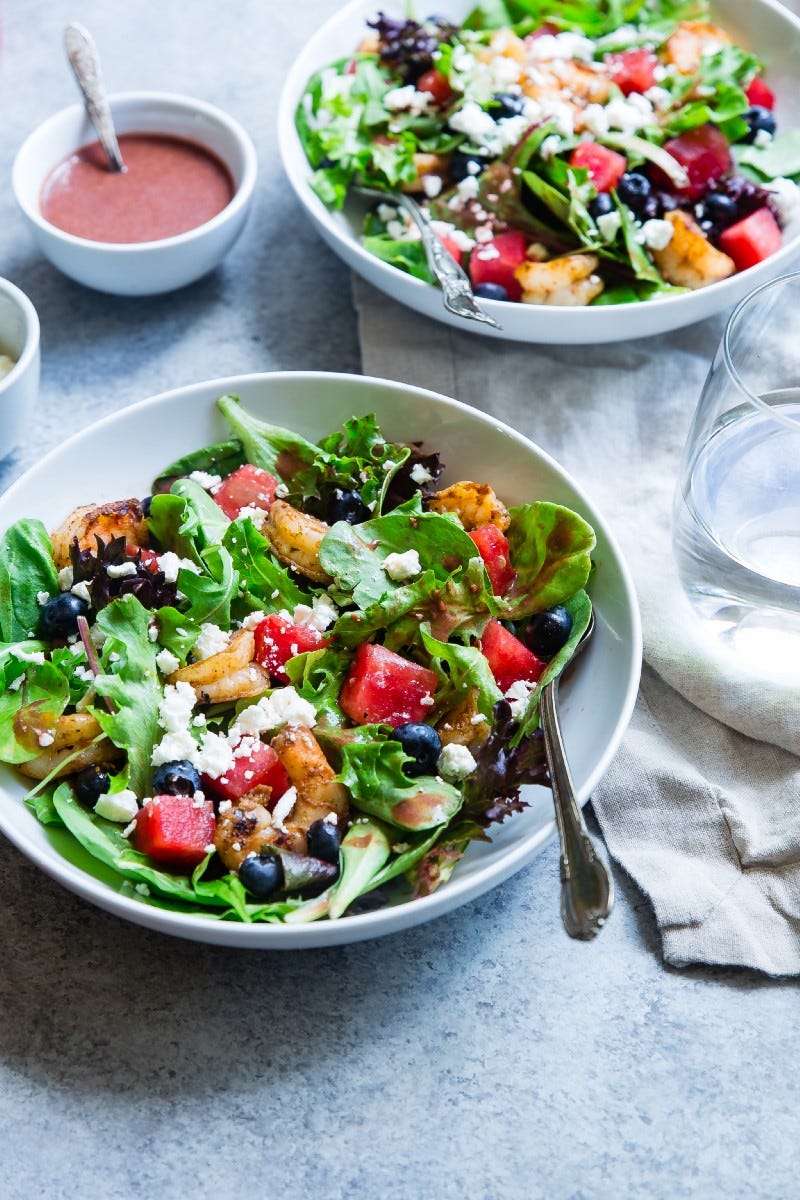
Photo by Taylor Kiser on Unsplash
Main Course
Using myself a s guinea pig for nutritional recommendations and folklore science diet trends from time to time is no new venture for me. I’ve long said that I would never suggest something to a client or patient if I had not taken the time to try it for myself (outside of taking medications of course).
I’ve tried keto, otherwise known as altering your diet in a way to favor fat above all other macronutrients (carbs and protein) with pretty strict limits on carbs. This causes the body to go into an altered state of metabolism, ketogenesis for a period of time, in which the body produces ketones for energy due to the depletion of carbs, or glucose, in the diet. I tried this alongside extended fasting states for a period of two months and found out a lot about my body.
Listening to my body in the process of changing my normal eating pattern is a crucial component of any dietary shift. I always recommend anyone interested in changing their diet to keep a strong record of how they feel throughout the process.
How can we acknowledge the pros and cons of different diets if we don’t take the time to reflect and track our lifestyle and health experiences? The equivalent would be like jumping in the car to take a road trip blindfolded and somehow safely returning home.
What’s the point?
One thing that stuck out to me during my short time with keto was how my energy levels and sleep were affected. I’m grateful for my firsthand account in order to connect better with my clients and the general lay audience that try these things at home, but personally it’s just not a diet well suited for the life I want to live. I felt really restricted following a ketogenic diet, mainly because I love colorful fruits and vegetables far too much. I know, krazy right?!
I’ve also counseled many other adults attempting keto themselves. Having my firsthand experience to relate with that of a client’s own adventure is a huge value for me — to really understand where the person is coming from and be able to connect with him or her on a more personal level.
Nobody wants a doctor in a white lab coat to point their finger and tell them what to eat.
I’ve also explored other eating routines, such as intermittent fasting or time restricted eating. I’ve tried foods from around the world and spoken to people of all sorts of cultures and religions about their food and diet practices. I’ve grown more diverse (and hopefully well-versed) in food culture, cuisine, and human health. Traveling to a few countries like Thailand, Malaysia and Singapore has really helped me see so many unique ways of eating, living, and honoring food, the planet, and our bodies.
I have a high respect for anyone who stands by their values and traditions connected to food. I applaud anyone who really knows why they live their life a certain way, compared to those who simply follow the status quo without a personal, introspective investigation.
As a registered dietitian, I like to say everyone deserves food freedom. When it comes to overall human health, as is my primary job as a health professional, I’m primarily focused on matching someone’s interests or dietary preferences to a healthy and sustainable lifestyle of eating what makes sense for their long-term health gain. Cultural competence, empathy, and simply being warm and pleasant around the sensitive topic of food sure comes in handy.
Nobody wants a doctor in a white lab coat to point their finger and tell them what to eat. My job is to help people live a happy and healthy life, not to should on them.
In more recent years, my own personal diet (we’re getting personal here) has transitioned to being “predominantly plant based,” minus a few dollops of Greek yogurt or fresh specialty cheeses here and there, and maybe an egg or two from week to week. I had usually eaten seafood probably two or three times a month as well, striving to balance my food and purchasing decisions between the most thoughtful and conscious agricultural practices I could while staying within my scant budget.
Checking out with grass-fed, grass-finished organic beef was definitely not an option. My diet was no dairy, no red meat, and no fowl (chicken or turkey).
I was pretty much an ovo-lacto vegetarian that occasionally swam with the fishes whenever the water called.
Palate Cleanse
It would be a massive understatement if I told you that my dietary pattern has been challenging to live with at times in the rural midwestern state of Indiana as a white male in the heart of farming culture. I guess you could say I’m a bit of a black sheep ‘round these parts.
I’m not here to tell you of my woes, but let’s just say I have had my fair share of big-belled, privileged, white male conservatives ask me blankly if I’m a vegan in an attempt to make small talk or seemingly as a means for introductions.
I don’t judge bankers for the way they manage other people’s money or the size of their waistband. I don’t jump to judge farmers for their type of tractor (color specificity out here is cult-like) or for the way they raise their animals. Small talk is best sourced by speaking about the weather or even the local news, not by giving me pat down in search of my meat.
I’m not bitter, I promise. I love my neighbors, but it has taken me some time to learn how to love them better.
To each their own I suppose, as I’ve had to grow with grace and forgiveness to learn to love them for who they are and their simple step to get to know me better perhaps. I hope to learn more about them and their animals and crops more than they would ever know.
Now that we’ve cleansed our palates, let’s get back to the main course and how I fell into veganism.
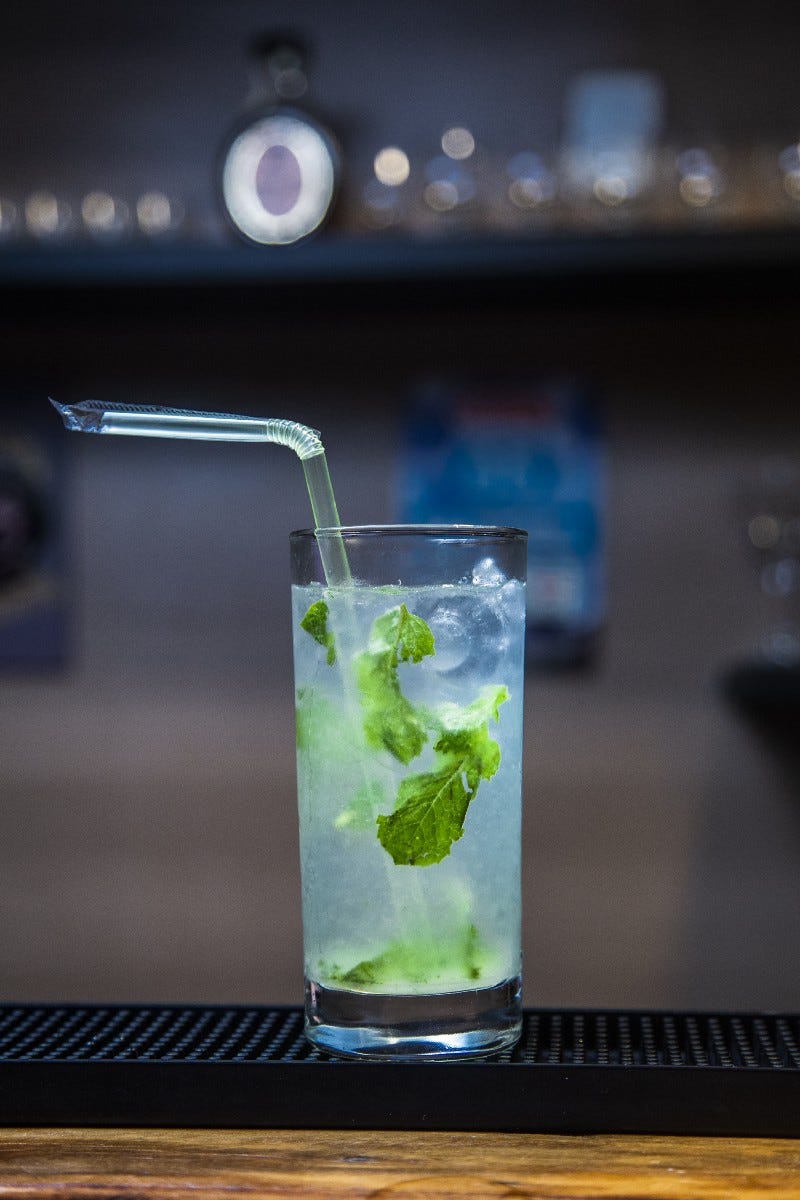
Photo by Filipe de Rodrigues on Unsplash
Since 2015, during my freshman year of college, my relationship with food and my life of health has been interesting. Studying nutrition and dietetics seems to have that effect on you; ask any graduate.
I quickly lost 15 pounds after starting school with quick access to a gym in my honors residence hall and an entire recreation center at my disposal. My mornings began the same way my evenings finished up, with 30 minutes of stretching and cardio while studying for my next set of exams. I lifted weights occasionally. Nearby dining halls provided all the colorful fruits and veggies I could ask for, even some local produce from our student farm.
I was eating clean, working out, and working hard like a machine. I got straight As in class, joined a campus ministry and even traveled to Italy (and discovered what REAL food can be) all in my first year. When it came time for the “freshman fifteen,” as most people experience by gaining fifteen pounds during their first year at university, I actually lost the weight instead.
While this might sound infinitesimal or as if I’m boasting to some readers, I assure you I am not. My weight loss was not my intention, a goal or even a purposeful endeavor. It was just a simple result of me trying to take better care of myself. Claiming my health for the first time in my life was a big deal.
You see, I was a big kid when I was young and never ever exercised. I played video games all day, and enjoyed school, getting As and Bs. At home, I ate hot dogs sprinkled with ketchup, mustard, and Chex mix crumbles.
I crafted Dorito chip sandwiches (imagine a Crunchwrap Supreme from Taco Bell with only the tortilla chips).
Clean eating was far from anything I could imagine at the time. As you can imagine, I struggled with my weight. I lacked confidence and shamed my body every time I went to the pool or water park. I felt so incredibly uncomfortable in my own skin, something I would never wish upon anyone.
Maybe you can relate?
High school was when I began turning things around. I made more of my own food and became enlightened and inspired to explore the health effects of food more. I was playing sports more often and “joined the club” lifting weights like the rest of the boys as best I could. I never became “masculine” or muscular even, but I did reach a higher level of fitness. I changed up my diet too. As it is for most people starting out on a journey to better health, “I started to eat more salad.”
Little did I know that losing that freshman fifteen and an additional 5 to 10 pounds throughout the rest of my undergraduate career led me to be underweight for my age and height, losing substantial muscle and fat on my body. During graduate school, I woke up in a way and tried to strategically regain some weight and strength in my body like I had as a high school athlete. While it was difficult at first to fight past the fear of eating more, I’ve learned to love trying to incorporate eating more foods and eating more calories back into my life.
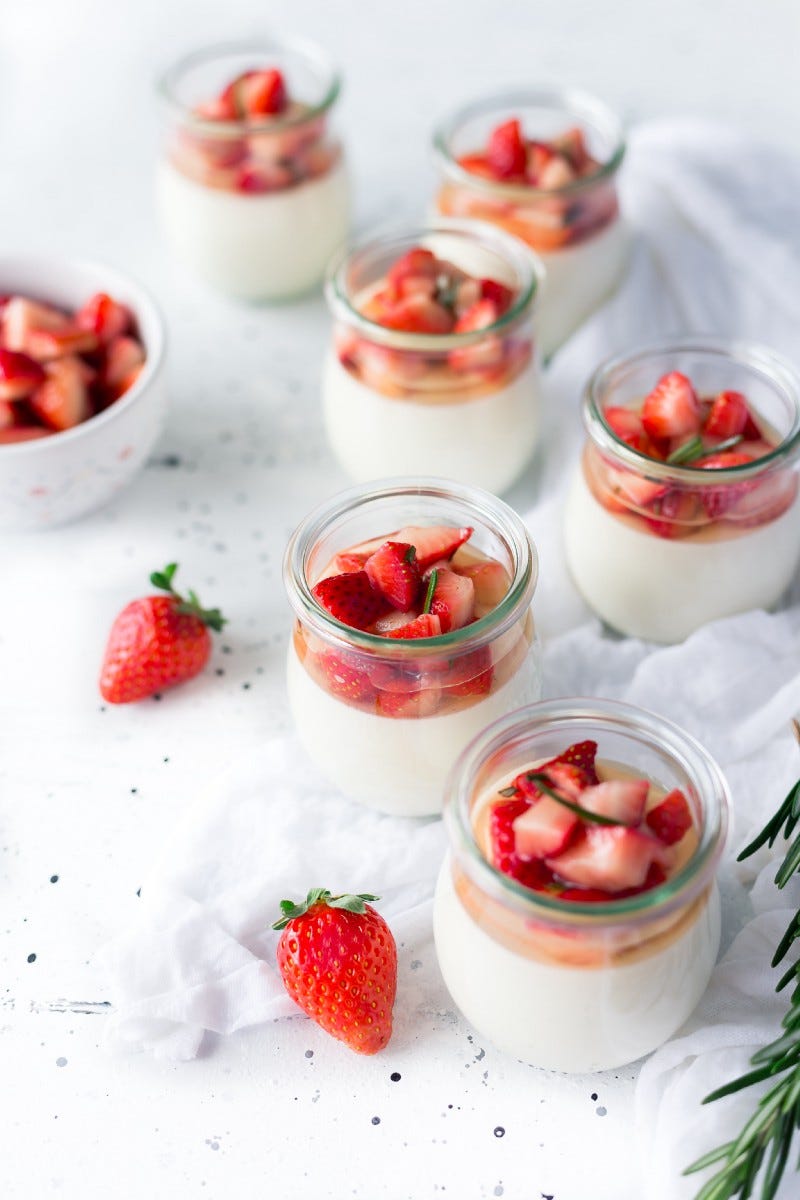
Photo by Karly Gomez on Unsplash
Dessert
Nowadays, I eat a beautiful array of fruits and vegetables — every color of the rainbow, and then some. I splurge on homemade banana ice cream, otherwise known as NiceCream, and have even trained myself to craft ice cream novelty treats to match any palate. “if you can put it in a pie, I can make it into a healthy ice cream” is a common phrase I throw around. When it comes to making healthy and delicious food swaps for my friends, family, patients and clients that I teach and coach, ice cream is definitely a familiar favorite.
I wake up with innovative recipe ideas in my head and often fall asleep theorizing ways to help educate and empower people to healthfully and deliciously transition to a healthier, whole foods, plant-based diet they can feel good about.
Obviously, things have changed since my Dorito chip sandwich days, just as they have at Taco Bell as well. I’ve become opened up to a whole new way of eating. I’ve learned a lot about food, about animals, growing practices, the food industry, and a lot about my body in the process.
Some people think eating vegan is boring, I disagree.
Over the last few weeks however, I realized my own diet has transitioned to eating whole foods, plant-based, VEGAN! For those of you who don’t know, that means no animal products, not even marshmallows or fruit gelatin. Oh, and personally I skip the splurging on vegan Oreos that I see from others on Twitter. I haven’t opened a can of sardines, oysters, or even made salmon patties (a Midwest staple made of canned salmon and some sort of binder like saltine crackers and egg) in a long time.
Lately, I’ve been incredibly busy building an online course to help people regain, reclaim, and take back their health, my shopping has been haphazard at best, and I’ve been cooking pantry staples that have been sitting around since…?
Long brown rice, black beans, chickpeas, farro, basmati rice, pinto beans, barley, Jasmine rice, flax seeds, chia seeds, walnuts, pecans, almonds and oats, and of course my standard rainbow plates of fruits and vegetables have become standards in my diet. Some people think eating vegan is boring, I would have to disagree.
I’ve grown more creative, more appreciative, and more relaxed about my food decisions, not battling between overwhelming thoughts for ethical sourcing, slaughtering practices, or the complex topics of climate change and sustainability. I’m not following a cult or picket-fencing for the world to change, but I do seem to be enjoying myself more.
My workouts have been fueled by bananas, blueberries, avocadoes, and tahini. Other meals are filled with a vast array of grains and veggies, including sweet potatoes and spaghetti squash.
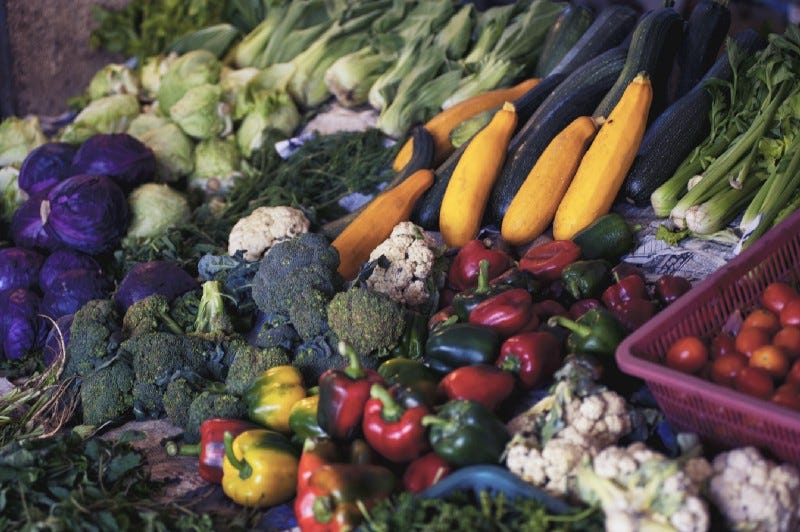
Photo by Alexandr Podvalny on Unsplash
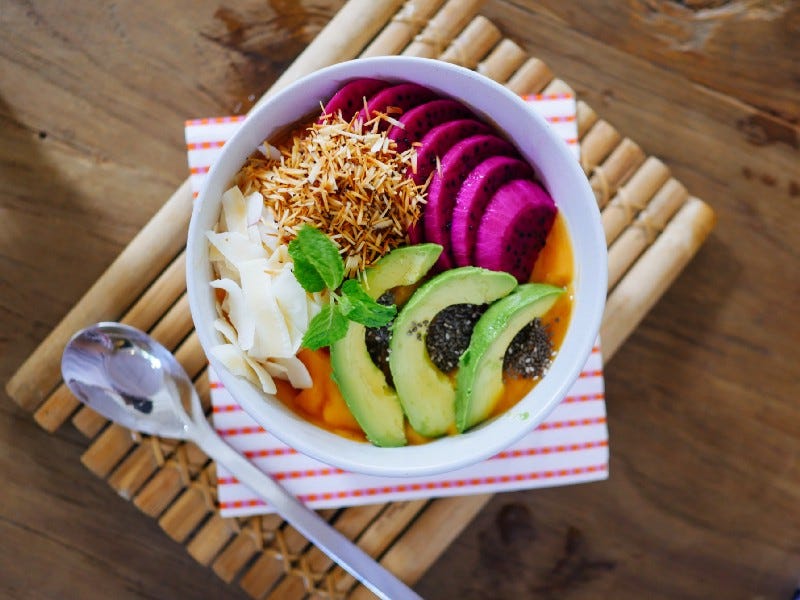
Photo by Mariana Montes de Oca on Unsplash
These small changes of eating more whole grains and possibly unconscious acts of adding more nuts and seeds have even resulted in me gaining a few extra pounds. I’m not saying I deserve a chance to be featured on Game Changers, but my body does seem to appreciate the recent changes I’ve made.
I’ve grown more comfortable in my skin and more comfortable with my diet. And if our animalistic behaviors of taking the path of least resistance in life prove to be true, it seems I may find myself down this vegan path for longer than expected. Who knows, eating a vegan diet may continue to contribute to me living my best life with optimal health and delicious foods.
Your health is yours for the making and yours for the taking. I’m here to help you navigate the nuances of nutrition on a daily basis. We live busy lives that change each day. I take the approach to empower others with freedom to ZigZag their way to live a happier and healthier life.
I live my life to make your life easier to be Happy and Healthy.
If you want to stay in touch, or stay up to date with similar health messages and my work in the world of nutrition and health, feel free to follow me here on Medium, on Twitter, Instagram, or LinkedIn.
Also, feel free to share this message with your interested friends and family.
Thank you for reading! #ZigZagNutrition




